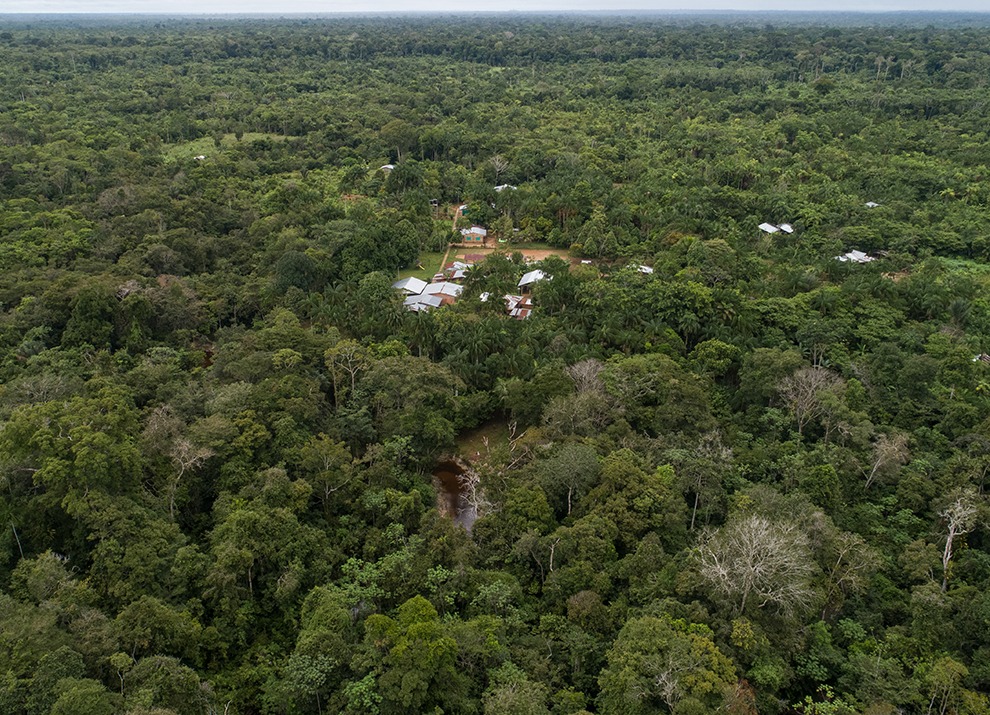The Impact of the COVID-19 Pandemic on Immunization Programs in Kaduna State Nigeria
This blog post is part of Sabin’s Pivoting in a Pandemic series, which captures stories of extraordinary leaders who are adapting to advance research and protecting public health in the midst of COVID-19.
Nigeria in recent years has made strides in its efforts to implement improvements, both in routine immunization and Supplemental Immunization Activities (SIA), by helping to vaccinate millions of the country’s children against preventable illnesses. However, more than 3 million Nigerian children under one year remain either unvaccinated or under-vaccinated, according to the World Health Organization (WHO). And the COVID-19 pandemic has introduced many new obstacles to Nigeria’s routine immunization effort.
In an effort to address these obstacles, WHO has developed new immunization guidelines for countries grappling with COVID-19. The guidelines stress, among other things, the need to continue prioritizing routine immunization of children and other at-risk groups.
Emmanuel Musa is a WHO Local Government Area (LGA) facilitator who works in Ikara and Kubau, two local government areas in Kaduna State, Nigeria. Throughout the pandemic, Musa’s efforts to continue community engagement activities focused on improving immunization coverage have faced numerous challenges. Musa recently shared with Sabin how COVID-19 is impacting his efforts and how he is working to maintain immunizations during the pandemic.
Prior to COVID-19, what was the reach of your state’s routine immunization program?
Routine immunization coverage in the state had increased from 35 percent to 73 percent due to the establishment and inauguration of the National/State/Local Emergency Routine Immunization Coordination Centre (NERICC/SERICC/LERICC), which was established with a sense of urgency to revamp, relaunch and rebrand the country’s routine immunization system. Through these centers, both state and local government are responsible for planning, coordinating and ensuring the country’s national target of 85 percent routine immunization coverage for all antigens is achieved through innovative strategies within the shortest possible time. SERICC helps reach the target age groups through house-to-house immunization visits to track defaulters, by conducting outreach to hard-to-reach underserved communities and supporting In-Between Round activities (IBR). In addition, weekly and monthly community engagement activities that are conducted in health facilities has helped the system improve. However, there are always defaulters in remote settlements and miscommunications about appointments between caregivers and immunization professionals.
Describe the impact of the COVID-19 pandemic in Nigeria
Prior to the COVID-19 pandemic the Supplemental Immunization Activities program (SIA) was on the verge of ending due to sustained progress on polio eradication, but there was more to be done. Although routine immunization coverage was improving ‒ 65 percent in 2018 and 73 percent in 2019 ‒ gaps were supposed to be covered by 2020. But the abrupt appearance of COVID-19 shattered the plans and pushed progress and the program back.
The health coordinating agency in Nigeria asked that all health facilities remain operational despite the pandemic and lockdown. Currently, routine immunization is ongoing in all 36 Nigerian states though there have been challenges even with the opening of the facilities. Dr. Faisal Shuaib, Executive Director/CEO, National Primary Health Care Development Agency encouraged continuity of care, including immunizations.
‘I therefore urge parents and caregivers to continue, as usual, to take their children to the PHCs closest to them for immunization, growth monitoring, ante natal care, child birth and all other PHC related service delivery. All caregivers, health workers and Nigerians are advised to obey all government guidelines on social distancing, frequent hand washing with soap and water, …… etc throughout the period of COVID-19 outbreak’. Dr. Faisal Shuaib, Executive Director/CEO, National Primary Health Care Development Agency.
There remain many opportunities to increase coverage. Community engagement can be enhanced to improve coverage through orientation/sensitization of community leaders and influencers on the importance of engaging caregivers and following up with those who default. Equally important is the commitment of clinicians to make sure that all settlements are equally covered. And intensive supervision during immunization sessions along with bundling of vaccines should not be underemphasized as means of increasing coverage.
How is COVID-19 affecting your efforts and what changes have you made to continue community engagement and routine immunizations?
Risk communications for COVID-19 have been effective through ongoing sensitization of communities and informing the public that health facilities are open for service, including for immunizations. This includes regular announcements on local radio stations to inform the populace that health services are available with information about their local health facilities.
Citizens’ lack of trust in the state is negatively impacting routine immunizations during the pandemic and community outreach is becoming increasingly difficult. Community engagement is essential to create demand for immunization services, to address circulating vaccine-derived poliovirus and to reach nomadic and underserved populations. But it’s a challenge since community support mechanisms are not protected and they come under growing pressure as communities become increasingly affected by the virus and security challenges persist.
I am working on improving community engagement through a number of approaches, including:
- Asking community leaders to mobilize families in order to get eligible children to health facilities so that health care providers can immunize on schedule
- Reminding caregivers and community leaders about dates for immunizations
- Encouraging bundling of vaccines
- Making sure health workers and caregivers that visit health facilities have protective equipment
- Asking that proper protection against COVID-19 be employed, including hand washing before and after provision of health services and use of face masks by the clinician and caregiver
- Making sure vaccines are readily available to health facilities despite lockdown and restrictions of movement
- Prioritizing clients and caregivers as soon as they arrive to a health facility for immunization sessions







